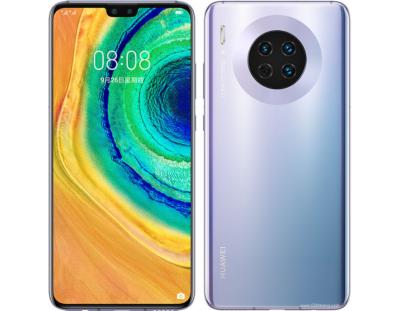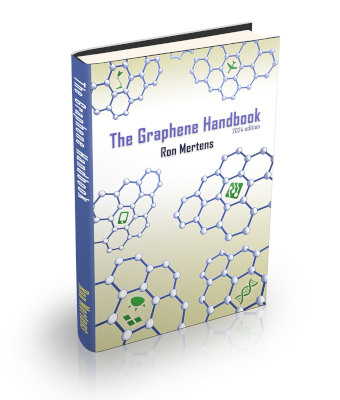When speaking of graphene in terms of commercialization, the general impression is that "a killer application has not yet been found". While this is not a false concept, it does not do justice with the now-budding graphene world. It can easily be stated that many graphene applications are being developed. This has been true for years, but various commercial products are starting to pop up, hopefully heralding the beginning of a more steady stream of commercialization.

Among these applications, one can point to cooling technology like Cryorig's CPU cooling system or Huawei's Mate 30 X smartphone, which sports a graphene film cooling technology. Various footwear and sports equipment products have also been launched, along with more technical products like oil additives and coatings. The list goes on and on, and there are even graphene-enhanced sanitary napkins on the market!
However, two main problems seem to linger - the question of whether or not there is actually graphene in the product, as opposed to graphite bits or other not-so-quite graphenesque materials, and the question of benefit - is graphene just used for marketing purposes in the product, or does it really contribute actual benefits?

The answers to these questions are, of course, different from product to product. However, they are worth asking. Now, in the beginning of the new year, which seems to bring us a flow of new graphene-enhanced products - for example Xiaomi's recently launched Little Bear Foot Warmer, PhoneSoap's AirSoap air purifier and JBL's Club One headphones which feature graphene drivers. These are just a few examples of recently launched graphene devices.

Interested in gaining a better understanding of the graphene industry and market? Check out our Graphene Handbook, which is an in-depth guide to graphene materials, technologies, industry and market.


